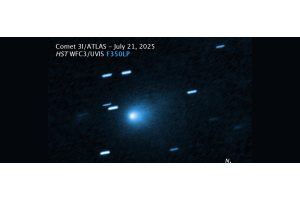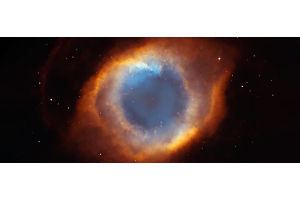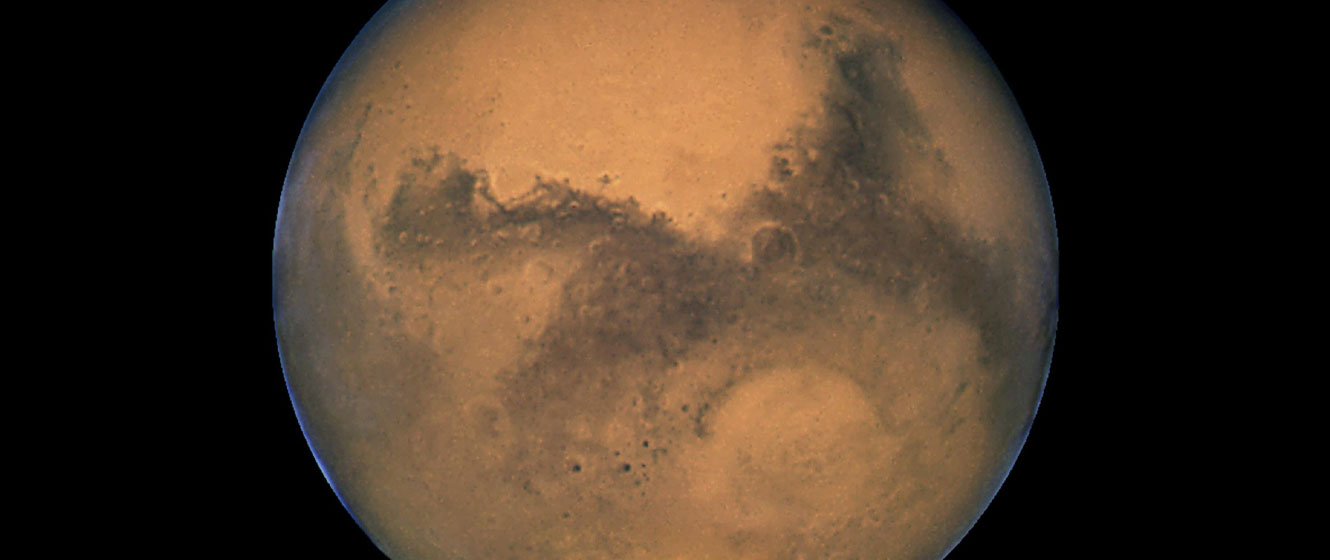
In this episode of What's in the Sky this Month, Teagan reviews some of the beautiful celestial objects you can see in the month of December 2022!
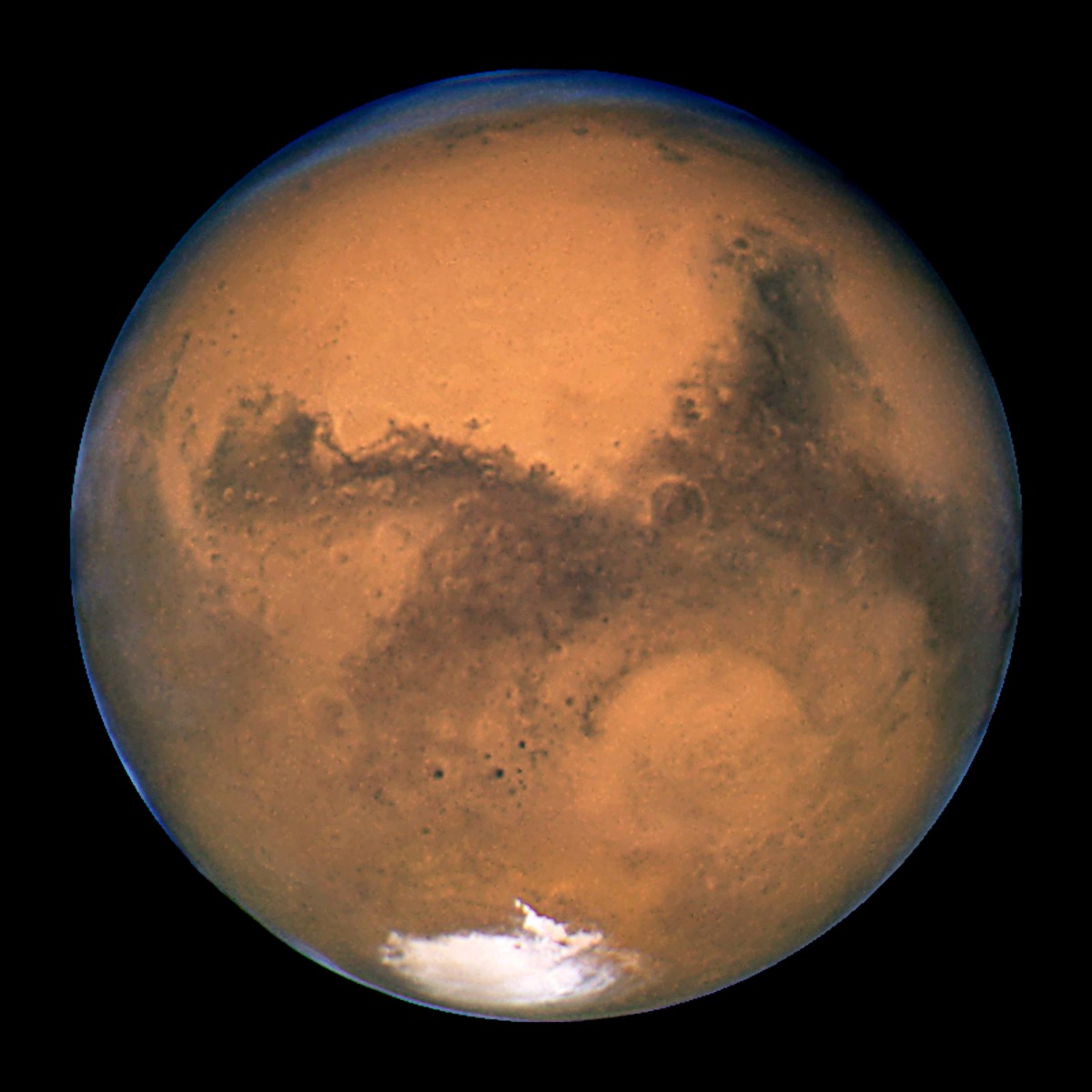
Image credit: NASA
Mars at Opposition - December 7th
- Magnitude: -1.9
- Constellation: Taurus
- Apparent Diameter: 17"
Mars reaches opposition every two years or so, and this year it occurs in Taurus. Its coppery light is comparable to Aldebaran, that constellation’s brightest star, but at magnitude -1.9, it easily outshines its stellar rival (although Jupiter, at magnitude -2.5, outshines them both from neighboring Pisces).
This year, however, there’s an added bonus. The Moon turns full the same evening and will appear to occult the planet by passing in front of it. This rare event will be visible from much of North America, but those on the east coast and the southeast will miss out, with the red planet skimming just to the south of the Moon. While the exact details will vary, depending on your location, Mars will disappear sometime between 9:30 PM ET (6:30 PM PT) and 11:00 PM ET (8:00 PM PT) for most observers.
OUR NEAREST NEIGHBORS
There’s a rare opportunity to see every planet in the evening sky this month. Mercury appears low in the southwest from about 15 minutes after sunset, with Venus remaining to its lower right throughout the month. A crescent moon joins the pair on the 24th, and the planets will be just 1.5 degrees apart on the 28th, one week after Mercury reaches greatest elongation on the 21st. Time is running out to see Saturn, as it’s rapidly sinking in the southwest after sunset. You’ll find a crescent Moon to its left on the 26th. Uranus and Neptune remain visible in the evening throughout the entire month. Both are moving among faint stars and will require binoculars, with Uranus roaming the southern stars of Aries and Neptune in Aquarius, close to the border with Pisces. After reaching opposition in October, Jupiter remains a brilliant sight in Pisces itself, with the first quarter Moon appearing to its upper left on the 29th. December, however, belongs to Mars, which reaches opposition on the 7th. The Moon also turns full on the 7th and will occult Mars from much of North America. It then turns new on the 23rd.
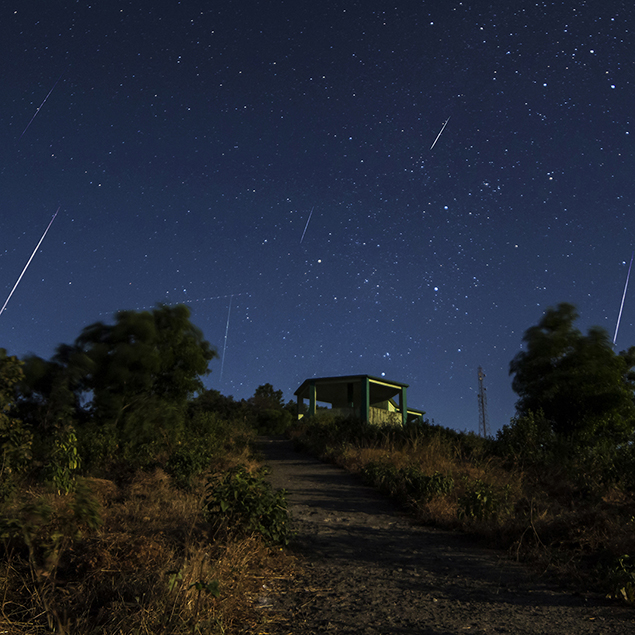
Image credit: Asim Patel
Geminid Meteor Shower - December 13th/14th
When it comes to meteor showers, many amateur astronomers rank the Geminids above the Perseids. They may be fainter, but they rival the Perseids in number. Gemini also rises earlier and higher than Perseus, making them more easily seen and for longer.
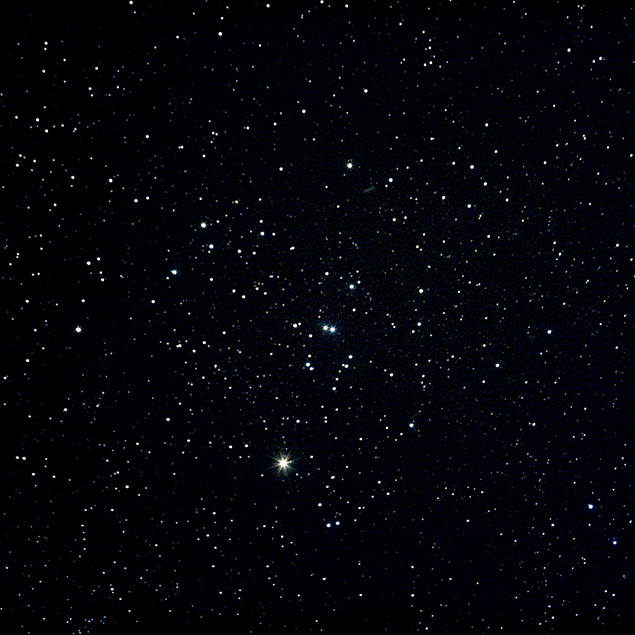
Image credit: Todd Vance
The Hyades
While you’re observing Mars, take a moment to enjoy the nearby Hyades star cluster. Representing the head of Taurus, the Bull, this V-shaped cluster is a fine sight for both naked-eye and binocular observers.
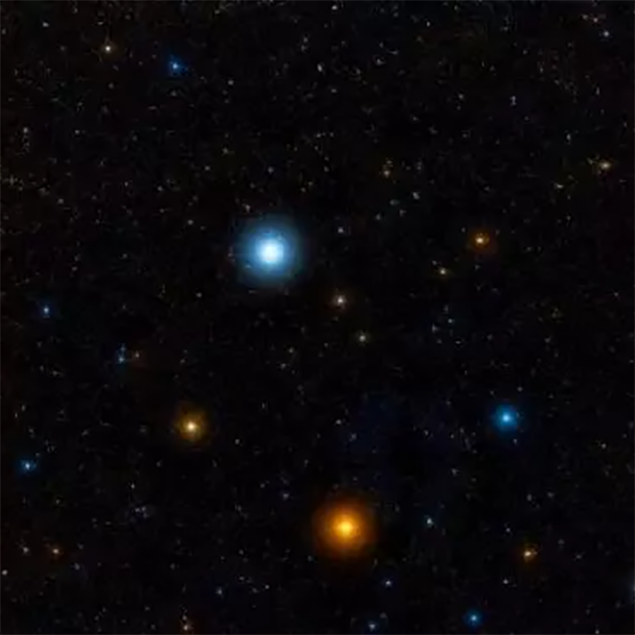
Image credit: Wikisky
Beta Persei - Algol
Of all the variable stars in the night sky, Algol is by far the easiest to observe. Every 2.9 days, its brightness dips from magnitude 2.1 to 3.4 for ten hours, making it a favorite with naked-eye observers.
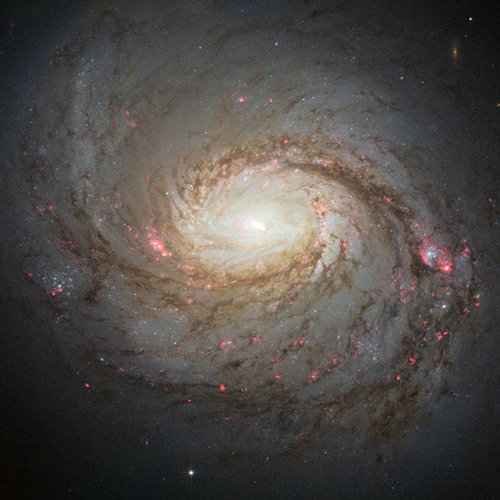
Image credit: NASA, ESA, A. van der Hoeven
Messier 77
Winter is a season dominated by star clusters, but there are still a few galaxies to be glimpsed. Messier 77, in Cetus, is detectable with binoculars, but you’ll need a telescope to get the most out of it.
STELLAR CONCEPTS
Zenith Hourly Rate: This is the maximum number of meteors you could potentially see at the peak of a shower, under ideal conditions. When it comes to shooting stars, this means being under a perfectly dark, moonless sky with the radiant of the shower (from where the meteors appear to originate) being directly overhead. Since this rarely happens, realistically you should expect a lot less, but the number will vary, depending on your local conditions.
This Article was Last Updated on 07/25/2023










